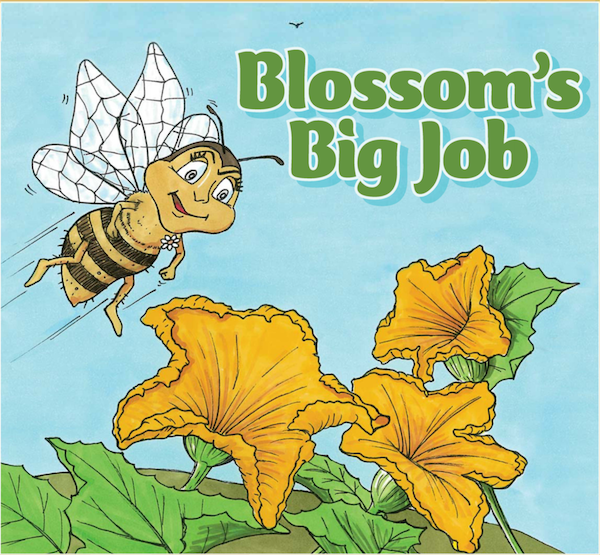Remember, potting soil is different from outdoor soil. Our outdoor soils are alive.
Potting soil is light, does not compact, and has a high water-boiling capacity without becoming water-logged – all important qualities to grow vegetables in a contained rooting area. Field soil (topsoil) or commercial compost should not be used for a variety of reasons, such as compaction and the likelihood of soil-bourne disease.
A good indoor potting mix is usually composed of peat moss, vermiculite and perlite. These soilless mixes absorb moisture very well and resist compaction, but they tend to dry out very quickly. Since they do not contain any nutrients, you must provide your plants with a consistent supply of fertilizer.
How to find the right growing media
Depending on where you live, you’ll be looking at bags of growing media with different names or references. Many garden centres and chain stores will have their own mixes, and in some cases, their own brands. The most important thing is paying attention to the ingredients it contains, not what it’s called. Be sure to read the label carefully, and look at the order in which the ingredients are listed. We can’t overemphasize how important it is to read the ingredients on the label before purchasing any growing medium.
Some typical ingredients in commercial growing media that are safe and preferred for use with the self-watering gardening system include:
- Sphagnum Peat: offers excellent water movement and absorption, aeration, and nutrient retention. The label should have this component listed first.
- Vermiculite: an amendment derived from the mineral mica, has a light, fluffy structure that causes it to retain large quantities of air, water, and nutrients.
- Perlite: another amendment, is a naturally occurring volcanic glass that provides excellent aeration and water movement.
- Coir: a sustainable fiber made from ground-up coconut husks, offers excellent water retention properties. It is not recommended to use straight coir, but a blend that includes it as a secondary component is okay.
- Forest by-products: especially tree bark fines, are okay in small percentages (it’s difficult to find commercial mixes that don’t contain FBPs). These materials increase moisture retention, but typically decrease available air spaces, while increasing the acidity of the mix.
A wide variety of other ingredients may be added to potting media in small percentages in order to provide nutrients. These include blood meal, bone meal, bat guano, dolomitic and/or calcite limestone, chelated iron, kelp meal, processed poultry manure, rock phosphate, green sand, and worm castings.
In general, any growing medium that’s labeled for container gardens, hanging baskets, or seed starting is well suited for self-watering container gardening. You’ll find that bags of the appropriate growing media are much lighter than bags of topsoil. It’s particularly important to avoid any growing medium that contains soil/topsoil, rock, clay, sand, or any products described as “partially composted.” Topsoil is not sterile, which means it may contain weed seeds, pathogens from manure, or sweepings of actual dirt from mills and stables. Topsoil, sand, and clay are all very dense, which prevents proper aeration and drainage that allow roots to move and grow. Imagine pouring wet concrete in your flower beds – the same can be likened to using the wrong type of growing medium ub a self-watering system. ‘’After years of testing, it is determined that growing media that boasts “moisture control” or “water grabbing crystals: is okay to use.

